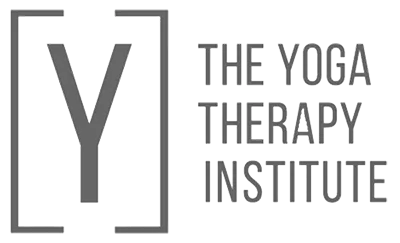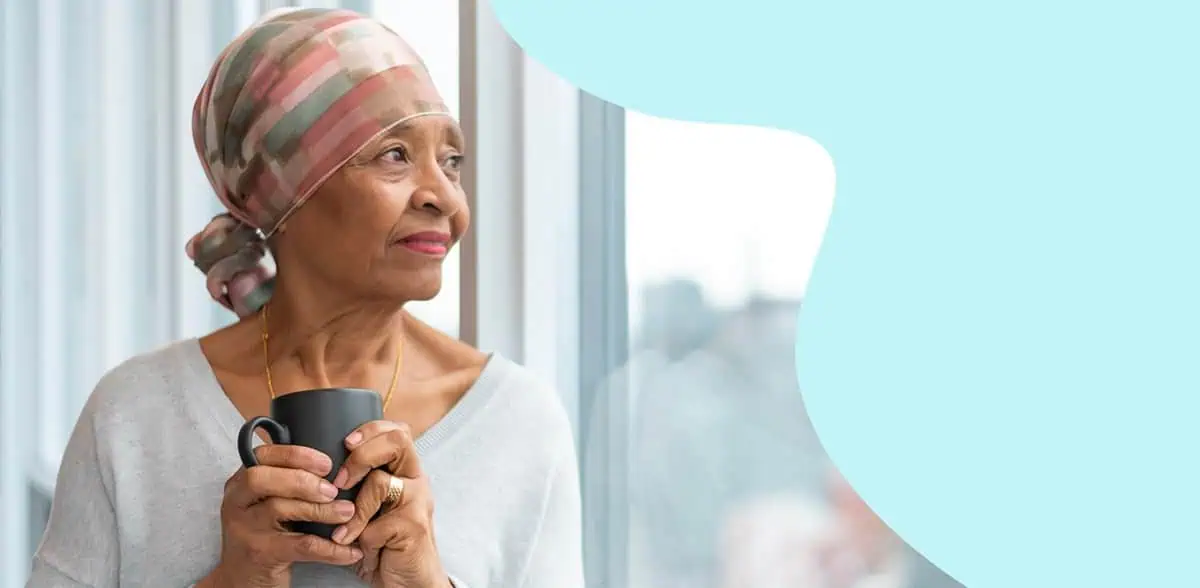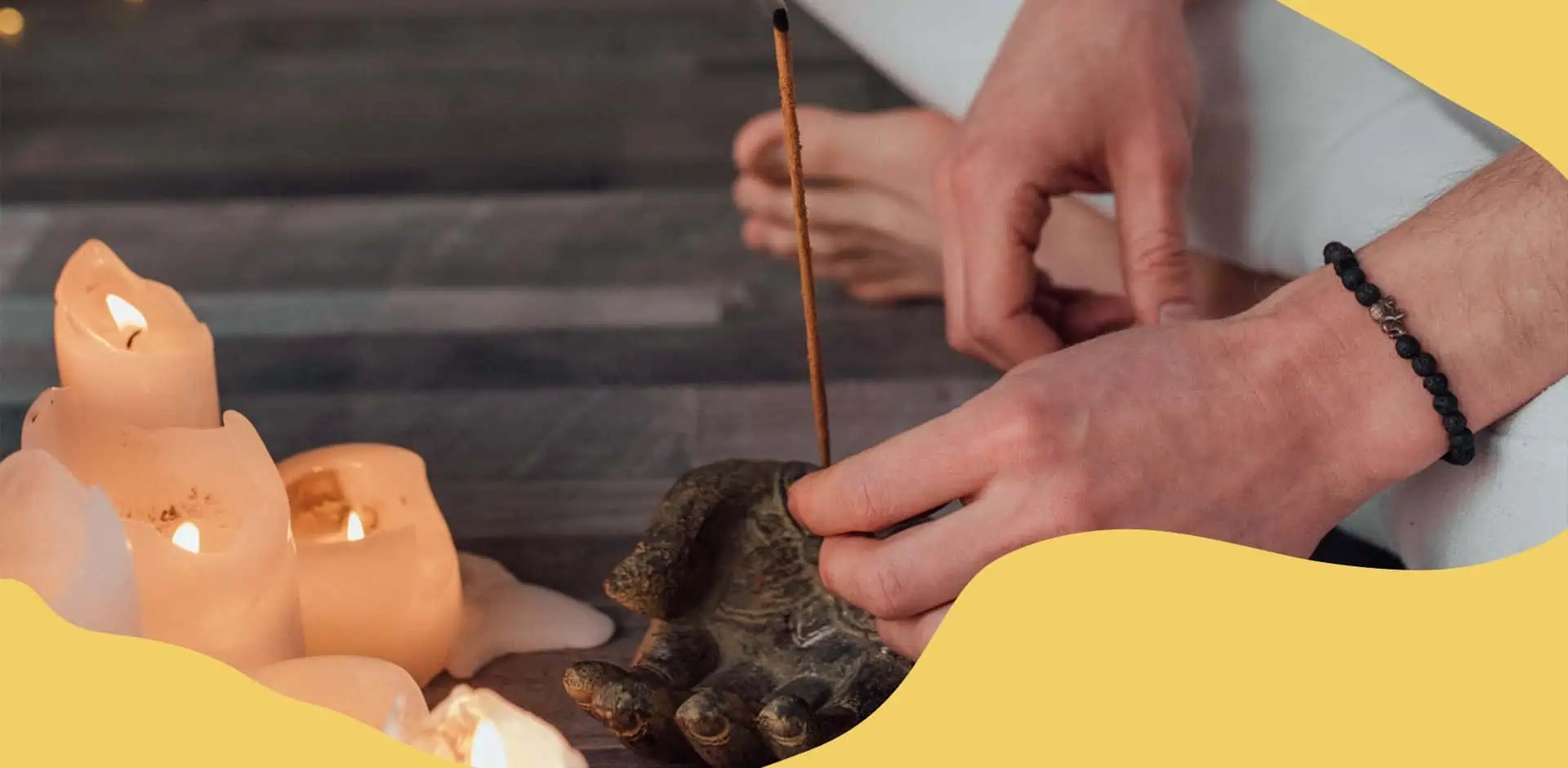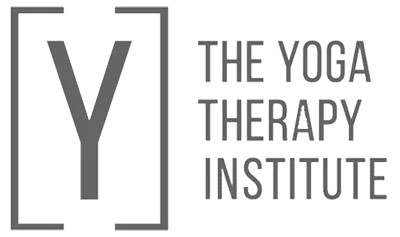
It is hard to believe that almost two years have passed since I joined the Yoga Therapy Institute for my first module on the digestive system. I remember how strange it felt being in a room with yoga instructors from such diverse backgrounds – psychiatrists, nurses and even engineers. It was the beginning of a new adventure, which widened my perspective on yoga by approaching the practice with a therapeutic lens. Whilst I still enjoy the collective energy of a flow class, in a studio full of people (especially after COVID restrictions), the Yoga Therapy training offered new and unexpected insights. With the completion of my last module this month, I found myself reflecting on how much my approach to yoga has changed:
- Yoga empowers: According to the International Association of Yoga Therapists (IAYT), “Yoga Therapy is the process of empowering individuals to progress toward improved health and wellbeing through the application of the teachings and practices of yoga.” A simple definition, but it changes the dynamics of the traditional yoga teacher-student relationship to one of collaboration and partnership. Using yogic tools acquired in Yoga Therapy, the person can listen to his or her own wisdom (the “guru” within) rather than follow the herd.
- Asanas are adaptable: As a yoga teacher, I occasionally used props but as a Yoga Therapist, I cannot live without them. Even in my own self practice, I make use of props, including a yoga blanket to support my sensitive knees in low lunges or to elevate my hips in seated asanas. My favorite saying from the training was: ”Adapt asanas to the person, not the person to the asana”. This is a long way from my Ashtanga training where I followed the sequence to the letter, seeking “the full expression of the pose”.
- Less is more: As I began my Yoga Therapy case studies, I was keen to offer the greatest number of asanas, breathing techniques and Yoga Nidras in my toolbox. Prior to an initial session, I would prepare all the possible options and follow the script during the practice. However, it quickly became clear that in Yoga Therapy, less is more and each person is different on a given day. (“It depends” – another favourite saying acquired during training). Even in my self-practice, I have learned not to overwhelm the body and to take more time to experience and absorb the benefit of movement. Keeping it simple became even more important as I started working with people who had more serious health issues.
- Gain with no pain: Whilst training as a yoga teacher, I injured my knee trying to push into a posture that my hips were not ready for. It was a painful lesson and taught me to learn to listen to my body and respect its limitations. Through my Yoga Therapy training, I really learnt to appreciate the meaning of respecting the body’s limitations and treating it with “ahimsa,” non-violence. Pain is a signal to back off, not push through.
- The interdependence and complexity of the human body: As my Yoga Therapy modules progressed, from digestive to cardio-vascular, muscular-skeletal, nervous, endocrine and reproductive system (not to mention the other psychosomatic modules), it became clear to me that the human body is far more complex and interrelated than I was taught in my yoga teacher training. Rather than focus the class on one part of the body (“happy hips” or “strong core”), I shifted towards a holistic approach, using models like the “koshas”, that allow a deeper understanding of the different layers of the body. (Personally, the complexity of the ‘manomaya’ kosha, continues to intrigue me the most — a dimension to healing, that as a yoga teacher I had never considered.)
- A deeper understanding of the breath: Whilst I was familiar with basic breathing techniques from my yoga teacher training, understanding the healing power of the breath became more evident, as I began to work with non-yogic bodies, including with my wheelchair-bound mother. I almost developed an obsession with observing and studying the movement of the breath in my students, learning about the subtle energetic vayus and their effect on the mind and body. From Donna Farhi’s required reading, this remains one of my favorite quotes: “The process of breathing is the most accurate metaphor we have for the way that we personally approach life, how we live our lives and how we react to the inevitable changes that life brings us.”
What I’ve learned during my yoga therapy journey
These five insights only scratch the surface of my newfound understanding of the therapeutic effects of yoga. The one that acts as a common thread through all the modules is, without a doubt, the recognition of the impact stress has on our lives. On so many levels, real or perceived stress wreaks havoc on our bodies and minds. No matter how difficult the situation is, approaching life not only with acceptance but also with a sense of lightness and humour may be the most powerful thing Yoga Therapists can pass on.
On a personal level, despite the serious subject matter, long Zoom calls and hours of hard work, what I cherish most is the laughter, playful movements and funny moments experienced on my yoga therapy journey.









